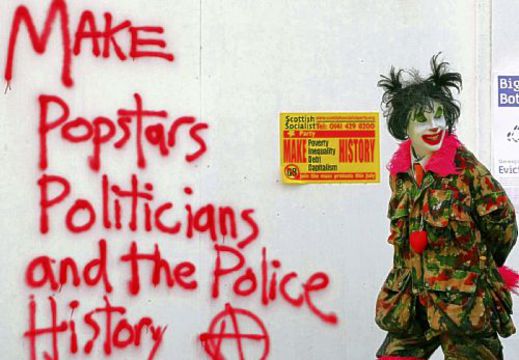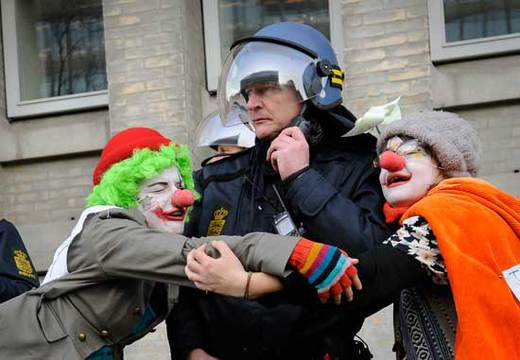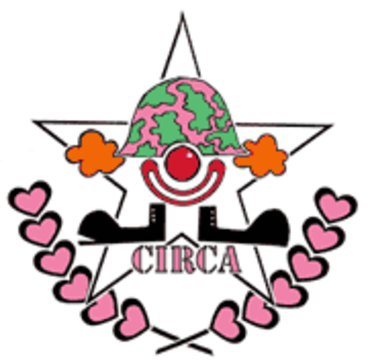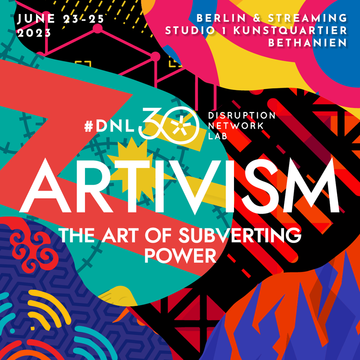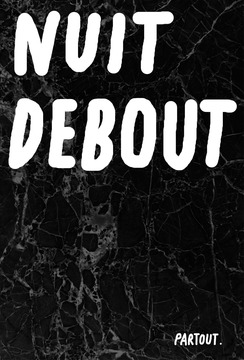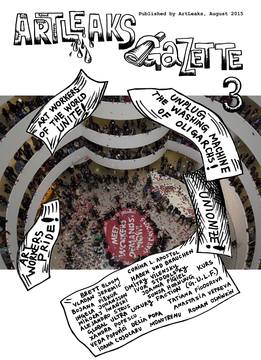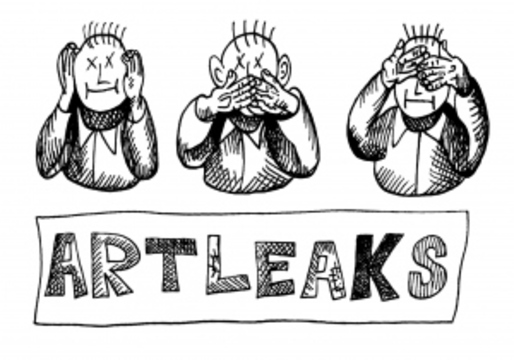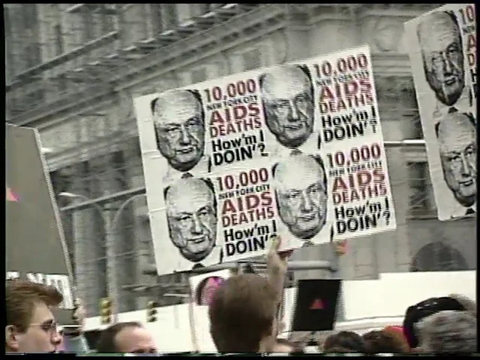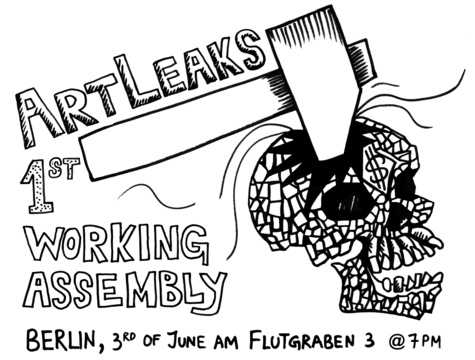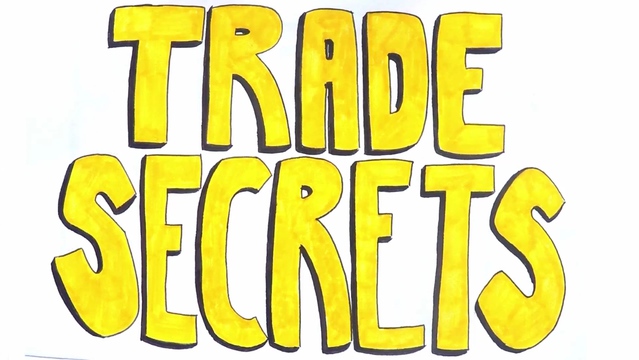Search results for 'art+of+campaigning'
#GlobalDebout
#GlobalDebout
The Concept of Tactical Media
Tactical Media emerged when the modest goals of media artists and media activists were transformed into a movement that challenged everyone to produce their own media in support of their own political struggles. This "new media" activism was based on the insight that the long-held distinction between the 'street' (reality) and the 'media' (representation) could no longer be upheld. On the contrary, the media had come to infuse all of society... Read More
Stop The Jabiluka Uranium Mine in Kakadu
Does the art of campaigning involve commodifying a struggle and presenting it in a package to the people through the media? What impact does the media really have? How useful is the net as an alternative medium? Does it only reach the alternative people - those who already know about the issues or is it capable of engaging with the mainstream public. Does genuine public opinion have any real impact in the current political and corporate climate?
ReadThe Art of Campaigning
The idea for the Art of Campaigning topic originates from the works of
the McLibel group [www.mcspotlight.org]. Their type of net.campaign
questions previous forms of activism, which was focused on the mass
media and their ability to influence public opinion, by staging direct
action (targeted at known media makers). Big NGO's such as Greenpeace
have built up experiences with this model for decades. The scenarios
they use have not changed much since the seventies. There is the usual
PR material: official reports, books, folders, flyers, magazine and
original video footage, shot on location. Campaigns are being planned
long in advance. The way of working does not differ much from a
campaign to launch a new product. Professionalism has taken over the
task of volunteers. Their role is being reduced to that of a local
support group, doing the actual grass roots work with the population.
ArtLeaks
ArtLeaks is collective platform initiated by an international group of artists, curators, art historians and intellectuals in response to the abuse of their professional integrity and the open infraction of their labor rights. In the art world, such abuses usually disappear, but some events bring them into sharp focus and therefore deserve public scrutiny. Only by drawing attention to concrete abuses can we underscore the precarious condition of cultural workers and the necessity for sustained protest against the appropriation of politically engaged art, culture and theory by institutions embedded in a tight mesh of capital and power.
Next 5 Minutes Core Themes
The third edition of the Next 5 Minutes revolved around four core themes:
- The Art of Campaiging
- The Post-Governmental Organisation (PGO)
- How Low Can You Go? The Technical and the Tactical
- Tactical Education
The Next 5 Minutes
tactical media event
Amsterdam & Rotterdam, The Netherlands, 12-14 March, 1999
www.n5m.org
(Source: Updated announcement Feb 11, 1999)
Trade Secret Trolls
Next 5 Minutes 3
Amsterdam & Rotterdam, The Netherlands, 12-14 March, 1999
The third Next 5 Minutes, an Amsterdam based conference on tactical communications culture, featuring do-it-yourself media, dissident art and electronic media activists from around the world, took place on the 12th, 13th and 14th of March 1999.
N5M3 archived festival website
Read
